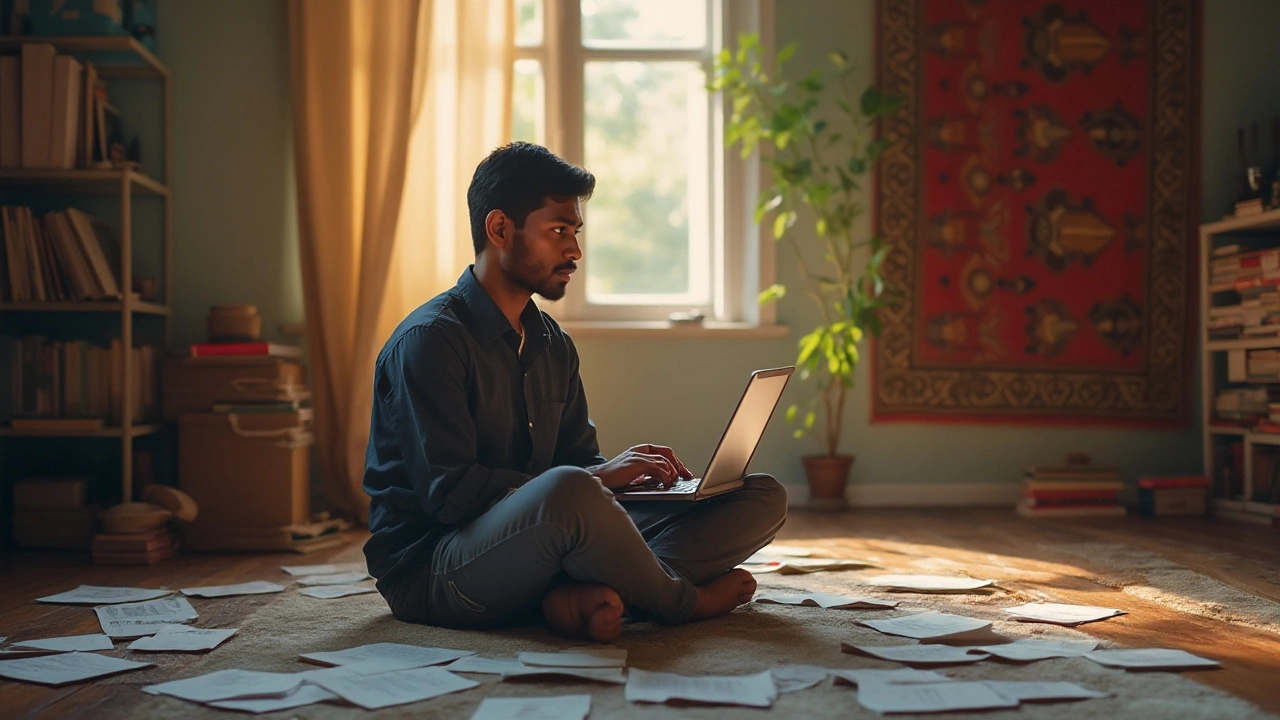
Learn Coding: Easy Steps to Start Programming Today
Ever wondered how to turn a random idea into a working app or website? You don’t need a degree or fancy gear – just a clear plan and a few minutes each day. In this guide we’ll break down the exact steps you can follow right now, whether you’re on a laptop or a phone.
Pick the Right Language for Your Goal
First thing: figure out what you want to build. Want a simple website? HTML, CSS, and a dash of JavaScript will do. Dreaming of mobile games? Try Java for Android or Swift for iOS. If you like data and AI, Python is the go‑to choice. Pick one language, stick with it for a week, and ask yourself if you enjoy the syntax. The goal isn’t to master everything at once – it’s to get comfortable writing real code.
Free resources make the start painless. Websites like freeCodeCamp, Codecademy, and Khan Academy serve interactive lessons that let you see results instantly. They also give you small projects – a to‑do list, a weather widget – that you can tweak and share. When a concept clicks, move on; if it feels fuzzy, rewatch the short video or read the example code again.
Hands‑On Practice: From Phone to PC
Believe it or not, you can write and run code on a smartphone. Apps such as Grasshopper, Programming Hub, and SoloLearn turn your phone into a mini‑IDE. Start with the built‑in exercises, then try to recreate a tiny game or calculator directly on the device. This habit builds muscle memory and shows you that coding isn’t tied to a big desk.
When you’re ready for a more serious environment, download a free editor like VS Code or Sublime Text. Pair it with a simple local server (Python’s http.server or Node’s Live Server) and you’ll see changes instantly. Keep a folder for practice projects – label them “Day 1‑HelloWorld”, “Day 5‑TodoApp”, etc. The visual progress motivates you to keep coding daily.
Finally, join a community. Reddit’s r/learnprogramming, Discord servers, or local meetups let you ask quick questions and get feedback. When you post a small piece of code and someone points out a typo, you learn faster than reading alone. Celebrate each milestone, no matter how tiny – a working loop, a styled button, a successful git push. Those wins add up and keep the momentum going.
So, pick a language, start with your phone, move to a desktop editor, and lean on community help. Follow those steps consistently, and you’ll go from zero to a functional project in weeks, not years.
